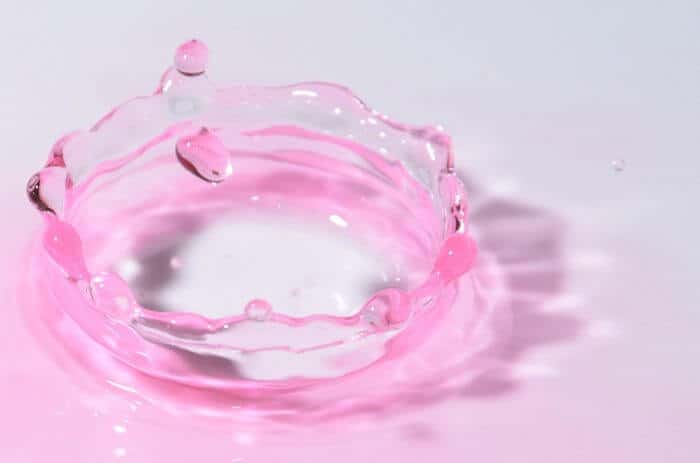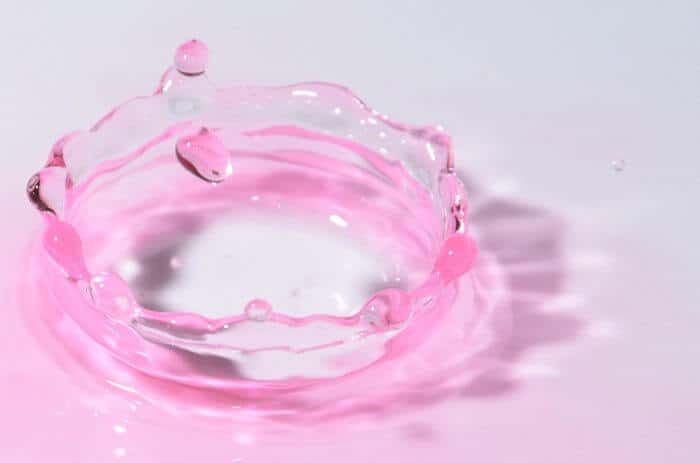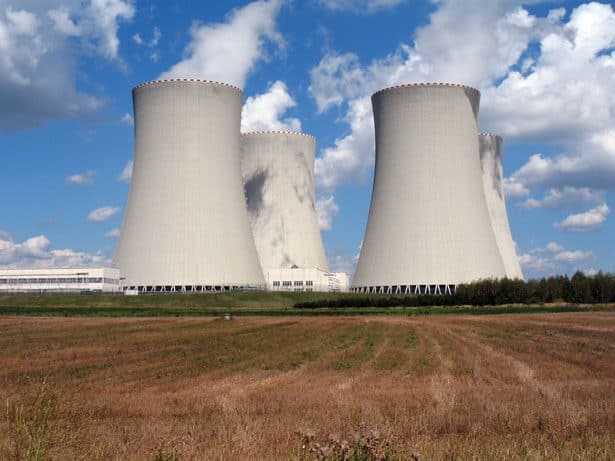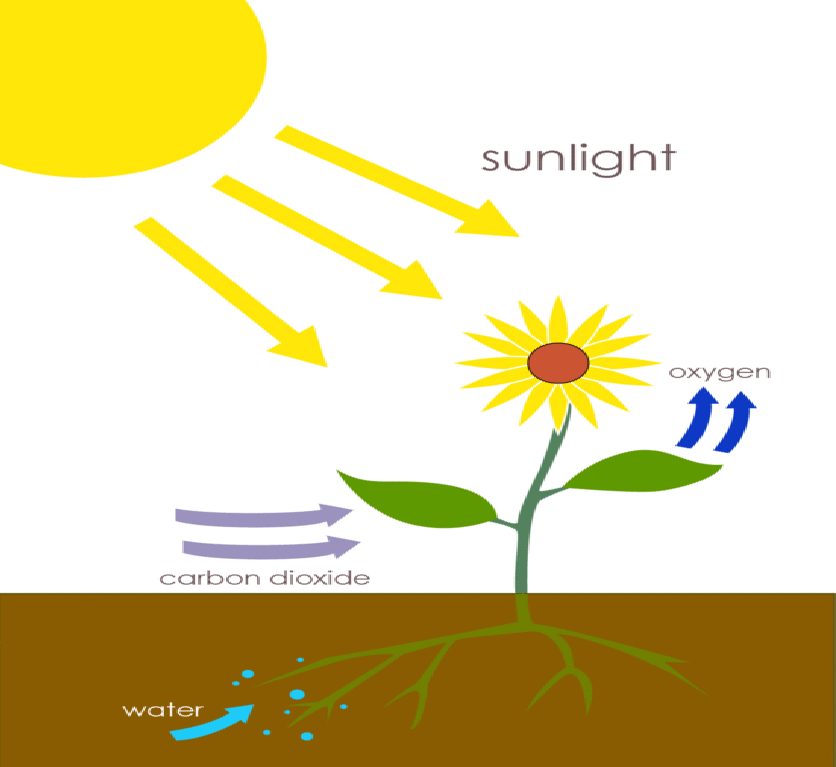A novel composite materials has been developed by scientists within the Vitality Security Analysis Institute (ESRI) at Swansea College which reveals promise as a catalyst for the degradation of environmentally-harmful artificial dye pollution, that are launched at a fee of almost 300,000 tonnes a yr into the world’s water.
This novel, non-hazardous photocatalytic materials successfully removes dye pollution from water, adsorbing greater than 90 % of the dye and enhancing the speed of dye breakdown by virtually ten occasions utilizing seen gentle.
The researchers, led by Dr. Charles W. Dunnill and Dr. Daniel Jones on the Vitality Security Analysis Institute in Swansea College, reported their discovery within the Nature open entry journal Scientific Reviews.
By heating the response combination at excessive pressures inside a sealed container, the composite is synthesized by rising ultra-thin “nanowires” of tungsten oxide on the floor of tiny particles of tantalum nitride. On account of the extremely small dimension of the 2 materials parts – each the tantalum nitride and tungsten oxide are sometimes lower than 40 billionths of a metre in diameter – the composite supplies an enormous floor space for dye seize.
The fabric then proceeds to interrupt the dye down into smaller, innocent molecules utilizing the vitality supplied by daylight, in a course of generally known as “photocatalytic degradation”. Having eliminated the dangerous dyes, the catalyst could merely be filtered from the cleaned water and reused.
Whereas the photocatalytic degradation of dyes has been investigated for a number of a long time, it’s only comparatively not too long ago that researchers have developed supplies able to absorbing the seen a part of the photo voltaic spectrum – different supplies, equivalent to titanium dioxide, are additionally capable of break down dyes utilizing photo voltaic vitality, however their effectivity is proscribed as they solely take up larger vitality, ultra-violet gentle. By making use of a a lot higher vary of the spectrum, supplies equivalent to these utilized by the ESRI workforce at Swansea College workforce are capable of take away pollution at a far superior fee.
Each of the supplies used within the research have attracted important curiosity lately. Tungsten oxide, particularly, is taken into account one of the promising supplies for a spread of photocatalytic purposes, owing to its excessive electrical conductivity, chemical stability and floor exercise, along with its robust gentle absorbance. As a low band-gap semiconductor, tantalum nitride is purple in color on account of its capacity to soak up virtually your complete spectrum of seen gentle, and due to this fact extracts a excessive quantity of vitality from daylight to energy the degradation processes.

Nevertheless, the true potential of the 2 supplies was solely realised as soon as they had been mixed right into a single composite. As a result of alternate of electrons between the 2 supplies, the check dye used inside the research was damaged down by the composite at round double the speed achieved by tantalum nitride by itself, whereas tungsten oxide alone was proven to be incapable of dye degradation. In distinction to different main photocatalytic supplies, lots of that are poisonous to each people and aquatic life, each elements of the composite are classed as non-hazardous supplies.
The scientists accountable for the research imagine that their analysis supplies only a taster of the fabric’s potential. “Now that we’ve demonstrated the capabilities of our composite, we purpose to not simply enhance on the fabric additional, however to additionally start work on scaling up the synthesis for real-world utility.” stated Dr. Jones. “We’re additionally exploring its viability in different areas, such because the photocatalysed splitting of water to generate hydrogen.”
Along with Drs. Dunnill and Jones, co-authors of the paper are Drs. Virginia Gomez, James McGettrick and Serena Margadonna and PhD college students Bertrand Rome, Francesco Mazzali and Aled Lewis, who’re all fellow researchers within the School of Engineering at Swansea College, in collaboration with Dr. Joseph Bear from the Supplies Chemistry Centre at College School London and Dr. Waheed Al-Masry from the Division of Chemical Engineering at King Saud College, Saudi Arabia.
The Vitality Security Analysis Institute (www.esri-swansea.org) is positioned to find and implement new expertise for a sustainable, reasonably priced, and safe vitality future and is housed on Swansea College’s new world class Bay Campus. ESRI supplies an distinctive setting for delivering innovative analysis throughout vitality and vitality security associated disciplines with a give attention to renewable vitality, hydrogen, carbon seize and utilisation in addition to new oil and gasoline applied sciences.




